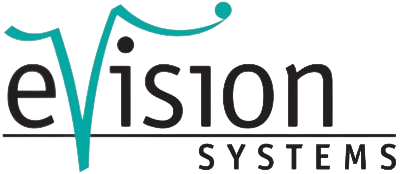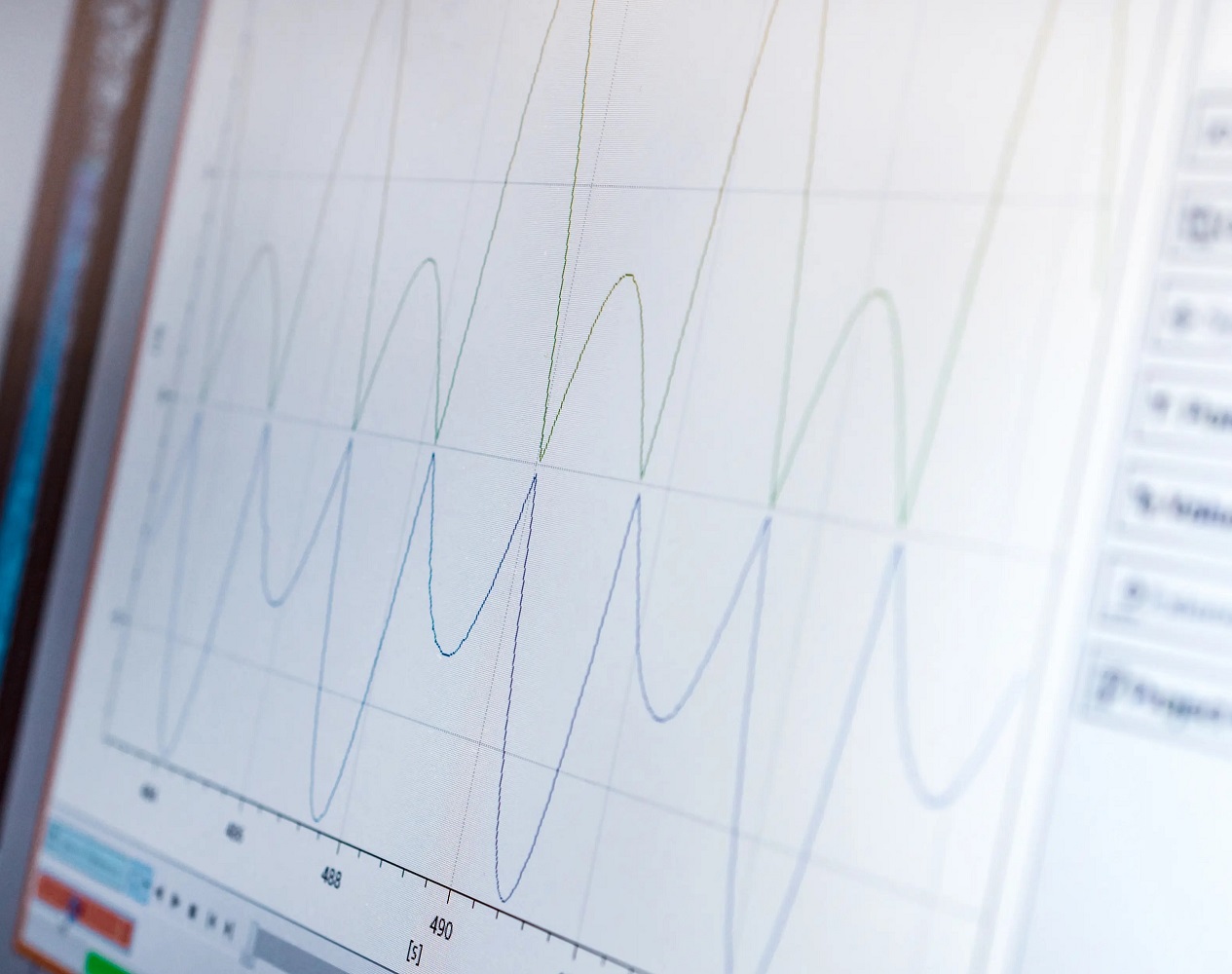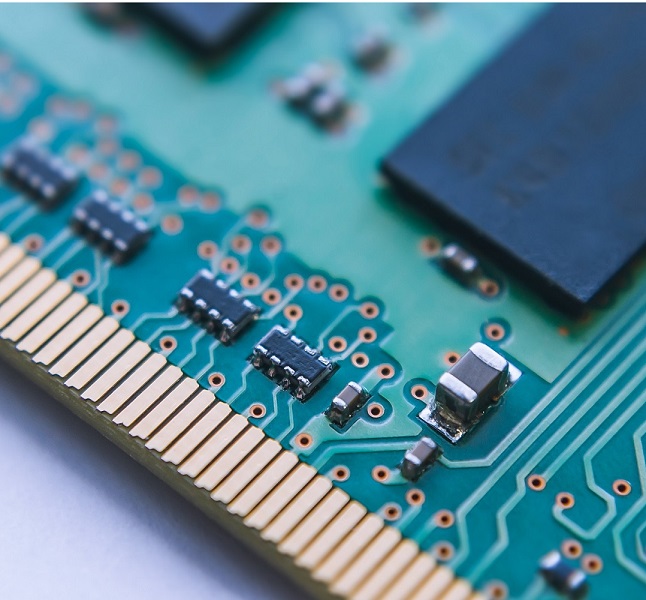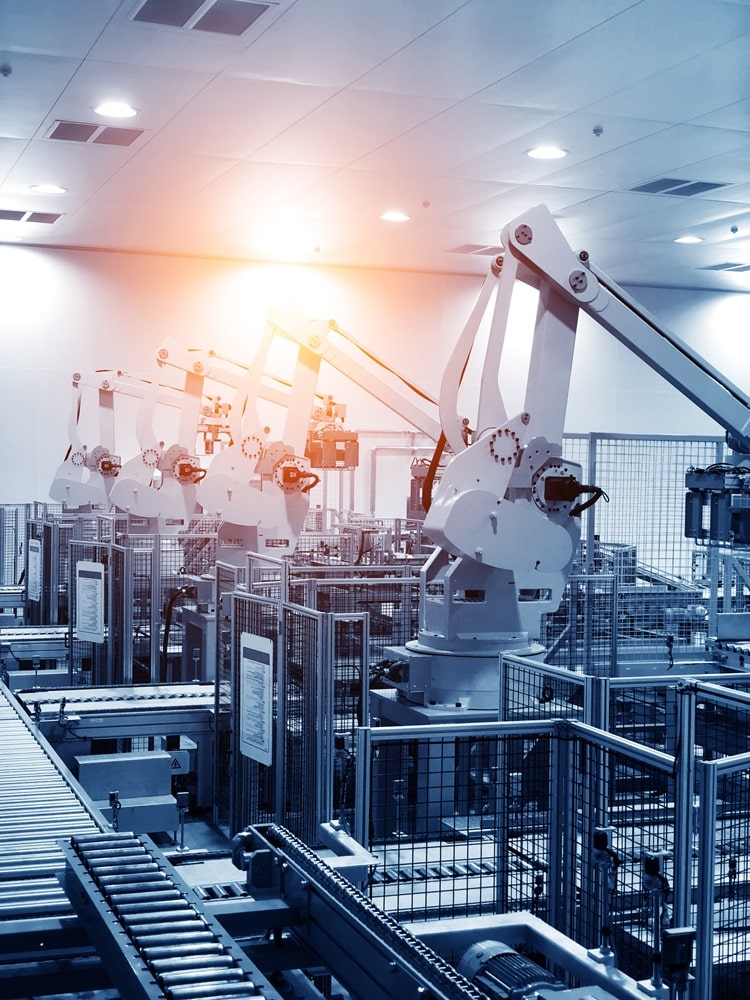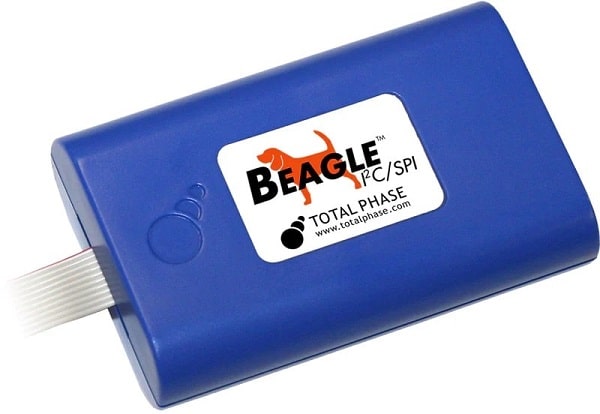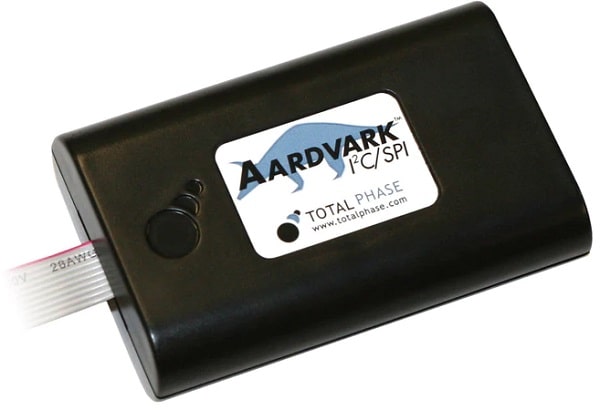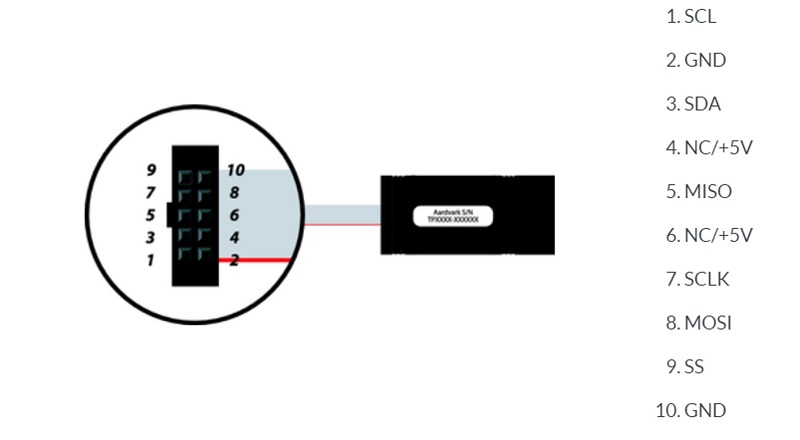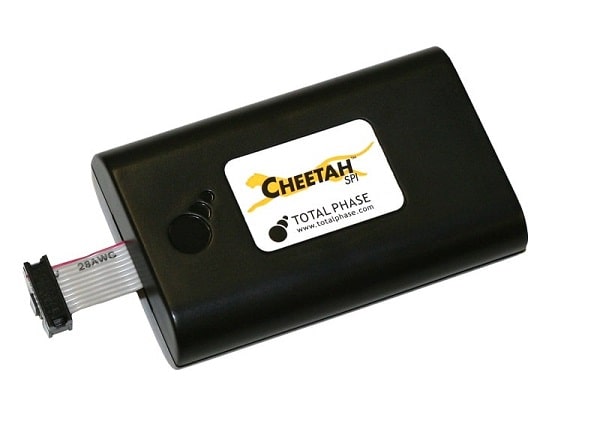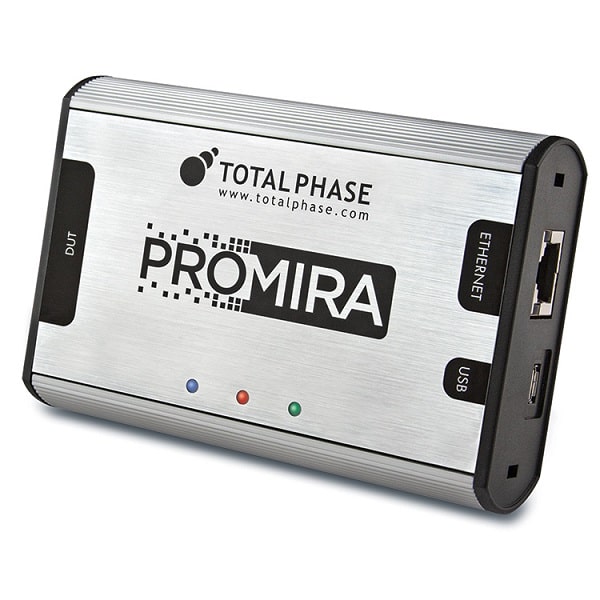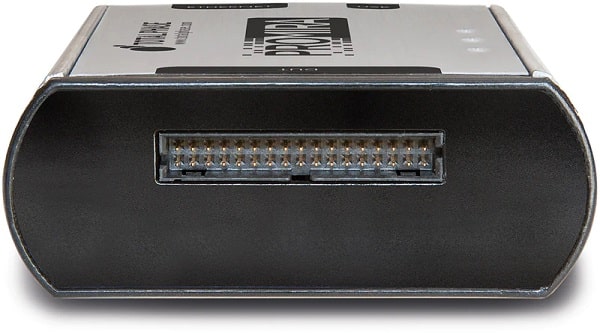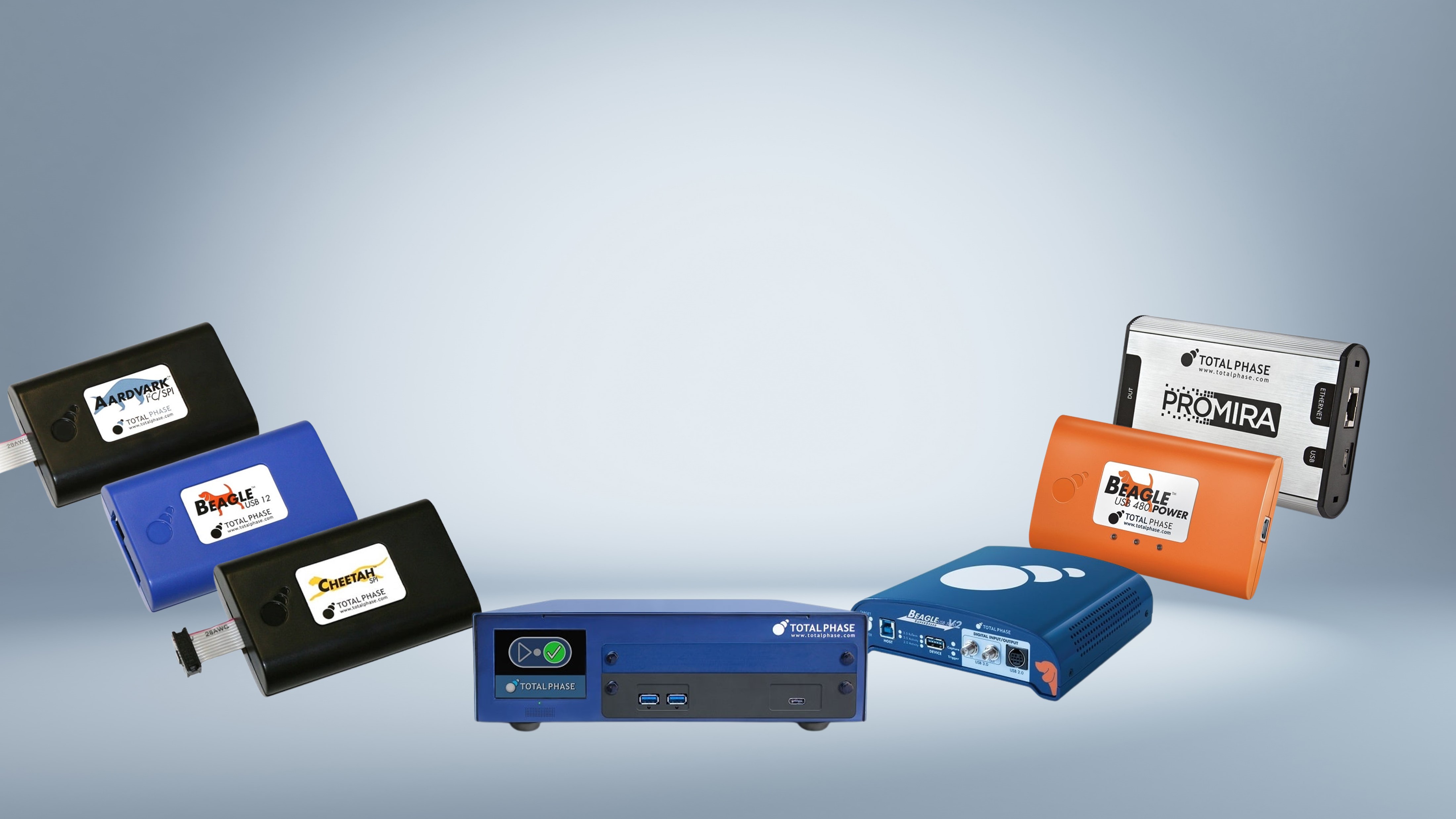
Differences between integrated circuit & microprocessor
The introduction of integrated circuits (ICs) has revolutionized the way embedded systems work today. By integrating transistor circuits onto a single chip, electronics designers have been able to create advanced computing devices such as laptops and cell phones. When people talk about how embedded systems work, they often hear about integrated circuits and microprocessors. But what exactly are these components, how do they differ, and how are they related to embedded systems? In this article, you'll learn more about their relationship to each other and how they have modernized the embedded systems industry.
What is an integrated circuit?
In the early days, computers were made with vacuum tubes that formed the logic circuits. Because of its large size and expensive construction, the first computer was not ideal for mainstream use. The invention of the transistor, which regulates the flow of current or voltage and acts as a switch for electronic signals, helped compensate for these disadvantages, but still had its own limitations.
The invention of the integrated circuit (IC) helped revolutionize the use of electronic signals such as transistors in a much smaller and more lucrative design. The integrated circuit, sometimes called a chip or microchip, is a semiconductor wafer, often made of silicon, that integrates a collection of electronic circuits, including resistors, transistors, capacitors, and diodes, that are connected together to perform a specific function. A single integrated circuit can contain thousands to millions of such electronic circuits, depending on the computing power.
Integrated circuits are very important to embedded system design because they have helped revolutionize and improve the use of electronic circuits. Before the use of ICs, components such as transistors and resistors were wired together on a circuit board. But with the introduction of the IC, these components are now formed on a smaller, single chip.
Today, integrated circuits are commonly used in electronics design and can be categorized as analog, digital, or a combination of both. ICs can be used for a variety of purposes, including amplifiers, video processors, computer memory, switches, and microprocessors.
What is a microprocessor?
So is a microprocessor an integrated circuit? The answer is yes, and it is considered one of the most complex of its kind. A microprocessor is a computer processor that combines the functions of a central processing unit (CPU) on a single integrated circuit or chip. It is used in a computer system to perform logical and computational tasks so that other external circuitry, including memory or peripheral ICs, can perform their intended functions.
Prior to the invention of the microprocessor, the control and processing unit of a computer, the CPU, was constructed of transistors and eventually small integrated circuits, all individually mounted on a printed circuit board. The invention of the microprocessor made it possible to integrate such components on a single chip, thus reducing the size of such technologies.
In general, microprocessors are used in applications where the task is not predefined, such as computers or video games, where the task is dependent on the user. In these cases, microprocessors are suitable because they support a wide range of computing applications.
How integrated circuits and microprocessors drive embedded systems
Integrated circuits have paved the way for the advanced embedded systems we know and use today. The semiconductor chips used in devices such as smartphones, tablets and laptops are all integrated circuits that provide the system with the electronic circuitry needed to perform its intended function.
In particular, microprocessors are basic integrated circuits that are commonly used by embedded systems engineers in embedded designs. The microprocessor is used to control the CPU functions of an embedded system that performs tasks such as fetching and decoding instructions from main memory and using those instructions to perform arithmetic and logic operations for other memory or I/O devices.
Troubleshooting and developing embedded systems with integrated circuits.
Integrated circuits, such as microprocessors, require a communication protocol to "talk" and exchange data with various components or even other ICs within a system. Microprocessors often use protocols such as I2C, SPI, or USB to exchange data. With so many interconnected parts, including the microprocessor/microcontroller, memory devices, and I/O peripherals, embedded system design and development can be challenging. It is important to ensure that each of these components works together to create a properly functioning system.
To determine if each component is working as expected, host adapters and protocol analyzers are helpful tools that engineers can use to test and debug systems to verify their performance. By using such tools, users can easily emulate master or slave devices, quickly program memory and monitor the bus to find communication errors.
Total Phase offers a range of host adapters and protocol analyzers suitable for a variety of project requirements.
Conclusion
Both integrated circuits and microprocessors are integral to understanding and creating embedded systems. Integrated circuits have allowed us to scale the way we use and incorporate transistors and other electronic circuits into electronic designs. And without integrated circuits, there would be no microprocessors. Microprocessors allow us to build CPU functionality into devices, enabling our everyday devices to perform advanced computations and tasks. While these components make our lives easier, creating successfully working systems can be challenging. With the right debugging and development tools for testing and validating systems, these processes can be simplified.
